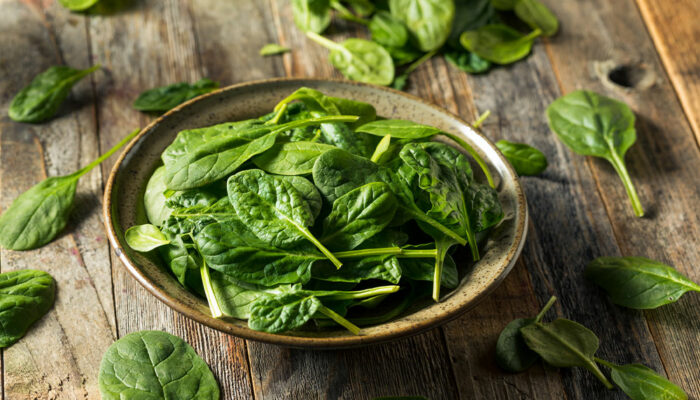
Managing EoE – Top Foods, Triggers, and Key Tips
Eosinophilic esophagitis is a chronic inflammatory disease affecting the esophagus. It is characterized by an abnormal increase in the number of white blood cells called eosinophils in the esophageal tissue. Food triggers can play a key role in the development of the condition. Those affected by the disease may experience symptoms like difficulty swallowing, heartburn, and chest pain after having certain foods. So, one must identify and avoid trigger foods to manage EoE.
Elimination meal plan
An elimination food plan helps identify and avoid trigger foods causing adverse reactions in the body, including allergies, food sensitivities, and intolerances. The process is typically conducted under the supervision of a healthcare provider. The process calls for eliminating trigger foods from the meal regimen for two to four weeks. During this time, one must monitor their symptoms and feelings after meals. If their symptoms improve, one or more of the eliminated foods is a trigger. If their symptoms do not improve, the eliminated foods are not triggers, and other foods may have to be eliminated after investigation. After the specified period ends, foods are gradually reintroduced into meals, one at a time, while one continues to monitor symptoms. This helps identify the specific trigger as it is typically reintroduced in small quantities starting with the least suspicious item and increasing its quantity gradually to evaluate the body’s response.
Top foods for managing EoE
As the condition can result in symptoms such as difficulty swallowing, chest pain, and heartburn, one has to choose foods that do not aggravate or trigger these issues. Some of the best options include:
Soft, low-fat, well-cooked foods: Such foods are easier to swallow and may help reduce inflammation in the esophagus. These foods include well-cooked vegetables, fruits, lean proteins such as chicken and fish, and soft grains such as oatmeal and quinoa.









